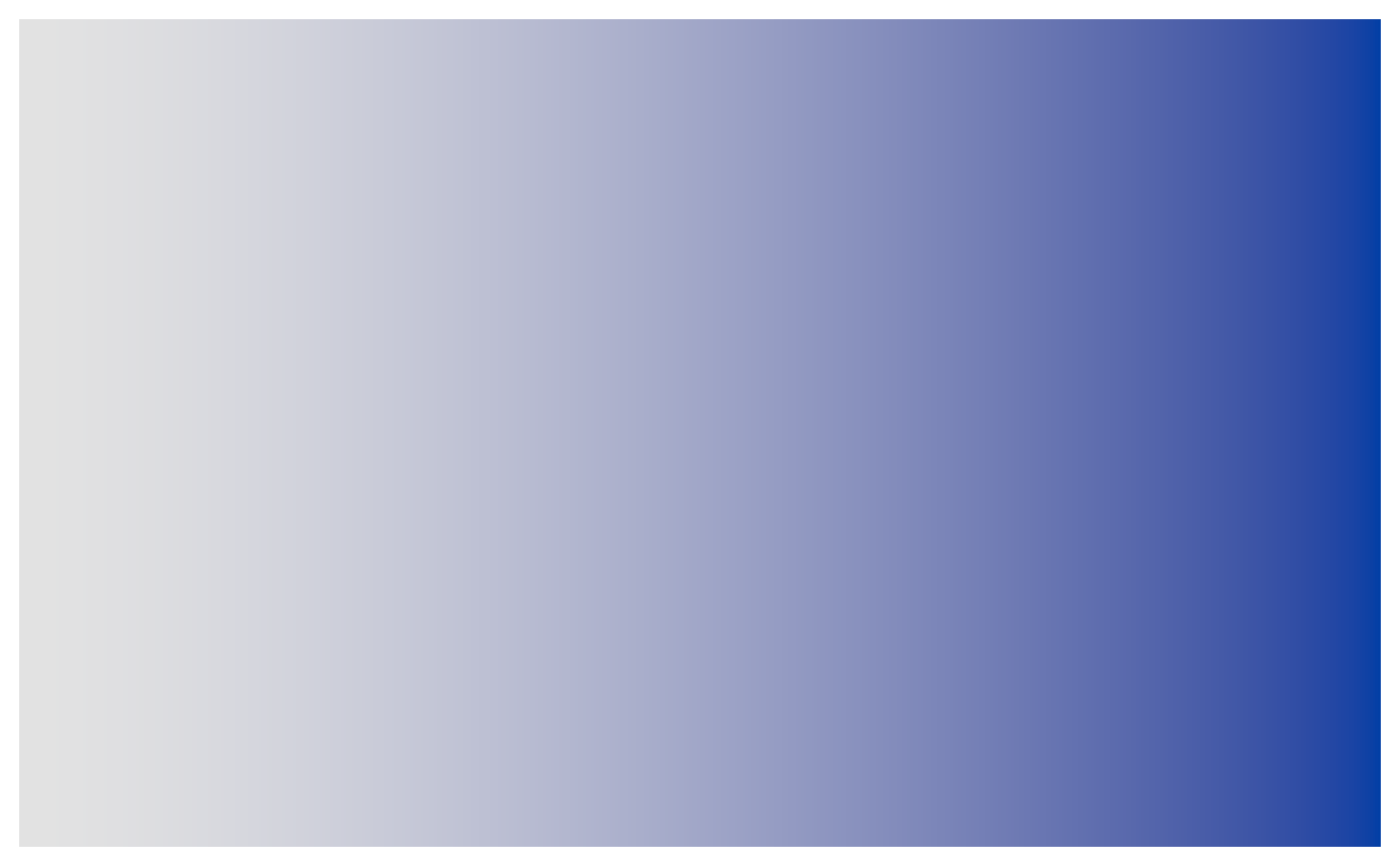A continuous-palette function takes a vector of numbers, each between
0 and 1, and returns a vector of character strings, each containing the
correpsonding hex-code. You con use a continuous-palette function to
build a custom ggplot2 scale, using ggplot2::continuous_scale().
pev_fcont(.fcont, ...) # S3 method for default pev_fcont(.fcont, ...) # S3 method for pev_fcont pev_fcont(.fcont, ...) # S3 method for character pev_fcont(.fcont, ...) # S3 method for pev_hcl pev_fcont(.fcont, ...)
Arguments
| .fcont |
|
|---|---|
| ... | other arguments (not used). |
Value
function with S3 class pev_fcont,
when called with a numeric vector with values between 0 and 1,
returns the corresponding (hex-code) values.
Details
These functions help you build, modify, and compose continuous-palette functions. By working with functions, rather than with a finite set of hex-colors, we can avoid interpolation-errors as we compose and rescale.
A continuous-palette function can be constructed using pev_fcont(); it takes
a single argument .fcont, which can be one of:
character(scalar) name of a
palette, used by colorspace::hcl_palettes, or (vector) hex-colors, used byscales::colour_ramp()pev_hclSet of HCL parameters returned by
pev_hcl().pev_fcontIf you provide a
pev_fcont, this is a no-op.
The print method for a pev_fcont function generates a plot of the palette.
The other functions that return continuous-palette functions are:
pev_fcont_cvd()Modify output to simulate color-vision deficiency.
pev_fcont_rescale()Rescale input to continuous-palette function.
pev_fcont_reverse()Reverse palette-function.
pev_fcont_diverging()Create a diverging-palette function from two functions.
Examples
# Use a colorspace palette pev_fcont("Blues 2")
